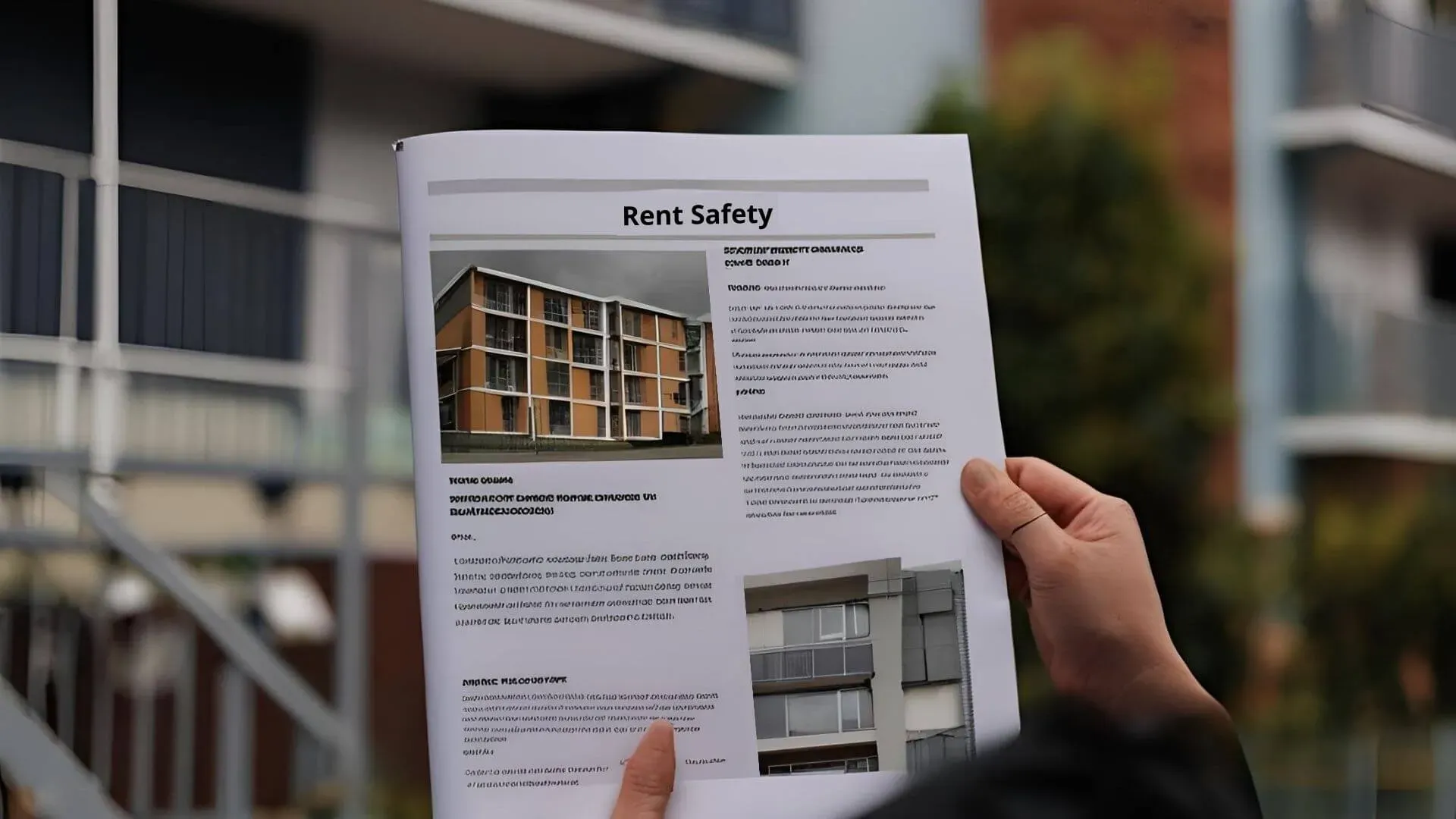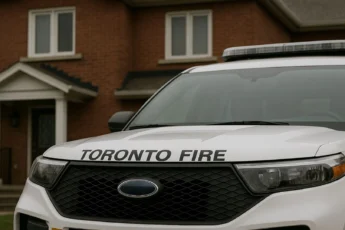Rent Safety and RentSafeTO: Here’s What You Need to Know
Ensuring that a multi-unit residential property is a safe environment for an individual to live in is not only important for the well-being of tenants but also for the value preservation of a property. Both landlords and tenants play vital roles in creating and maintaining a safe living environment.
This article covers essential rent safety practices, and common hazards, and dives into the RentSafeTO Program. At the end of this blog post, you’ll also find free resources such as forms, and guidelines.
Importance of Maintaining a Safe Living Environment
Ensuring a safe living environment in rental properties is a fundamental responsibility for landlords. It not only fulfills legal obligations but also plays a pivotal role in tenant retention, property preservation, and the overall reputation of the property.
Legal Compliance
Landlords are bound by law to meet specific safety standards, with failure to do so carrying potential legal consequences such as fines, penalties, and lawsuits. In Toronto, compliance involves adherence to several key regulations:
- Building Codes: Adhering to the Ontario Building Code, which includes regulations on structural integrity, fire safety, and accessibility.
- Health and Safety Standards: Following guidelines from Toronto Public Health regarding pest control, mold remediation, and indoor air quality.
- Fire Safety Regulations: Ensuring compliance with the Fire Protection and Prevention Act, including the installation of smoke/CO alarms and fire extinguishers.
What Are the Most Common Safety Hazards?
Safety hazards in the context of multi-unit buildings refer to potential risks or dangers that can affect the safety and well-being of residents, visitors, and maintenance personnel within the building. These hazards can vary widely but typically include:
- Fire Hazards: Improperly maintained electrical systems, lack of fire extinguishers or smoke detectors, inadequate fire escape routes or blocked exits, presence of flammable materials or improperly stored combustibles.
- Structural Hazards: Poorly maintained or deteriorating building structure, defective stairs, handrails, or balconies, unstable ceilings or walls, structural damage due to water leaks or natural disasters.
- Electrical Hazards: Faulty wiring or overloaded circuits, exposed electrical components, improperly installed, or maintained electrical appliances.
- Health Hazards: Presence of mold or mildew due to water leaks or inadequate ventilation, exposure to asbestos or other hazardous materials during renovation or maintenance, poor indoor air quality due to lack of ventilation or smoking indoors.
- Environmental Hazards: Presence of lead-based paint or radon gas, unsafe storage of chemicals or hazardous waste, proximity to environmental hazards such as industrial facilities or contaminated sites.
- Emergency Preparedness Hazards: Inadequate emergency response plans or communication systems, lack of training for residents and staff on emergency procedures, insufficient access to emergency equipment such as fire extinguishers or first aid kits.
Landlord and Tenant Responsibilities
Landlords in Toronto have specific responsibilities outlined in municipal bylaws, provincial regulations, and building codes. These include regular property inspections, timely repairs, compliance with regulations, and the installation and maintenance of safety equipment.
Tenants also have significant responsibilities related to health and safety, including maintaining cleanliness, promptly reporting issues, and adhering to fire safety regulations. Tenants must familiarize themselves with their rights and responsibilities as outlined in their lease agreement and local laws.

What’s RentSafeTO?
RentSafeTO is a program implemented in Toronto to ensure that residential buildings meet specific maintenance and safety standards. It applies to apartment buildings with three or more stories and ten or more units.
The program requires landlords to register their properties and undergo regular inspections, ensuring compliance with city standards.
Both tenants and landlords should be aware of this program to understand their rights and obligations regarding rental safety.
FAQ
Who is required to register for RentSafeTO?
Apartment building owners and operators with buildings that have three or more stories and ten or more units must register and renew their properties annually under the RentSafeTO program.
What types of buildings are excluded from RentSafeTO?
Condominium buildings, townhomes, and units in a private home (such as basement or main floor apartments) are not part of the RentSafeTO program.
What are the main responsibilities of building owners under RentSafeTO?
Building owners are required to:
- Register and renew their properties annually.
- Comply with building maintenance standards.
- Post required information for tenants, such as emergency contact details and cooling locations.
- Address service requests and complaints promptly.
What's the RentSafeTO Interactive Building Score Map?
The RentSafeTO Interactive Building Score Map is an online tool provided by the City of Toronto that allows users to view the safety and maintenance performance scores of apartment buildings that fall under the RentSafeTO program.
This map offers transparency and helps tenants, landlords, and the general public.
How often do evaluations and audits occur?
Bylaw enforcement officers conduct regular building evaluations, audits, and investigate complaints submitted to 311 to ensure compliance with maintenance standards.
How can tenants submit service requests or complaints?
Tenants can submit service requests or complaints by contacting 311. They can also use forms provided by RentSafeTO to report issues.
What resources are available for tenants?
RentSafeTO provides various resources for tenants, including information on their rights and responsibilities, educational brochures, and service request forms.
Tenants can also view building evaluation scores on an interactive map.
What happens if a building owner does not comply?
Non-compliance with RentSafeTO requirements can result in fines and penalties. Building owners are also subject to fees for registration, renewal, and building audits.
Free Resources
Click each item below to download.
Building Owner Handbook (March2024)
Apartment Building Re-evaluations
RentSafeTO Year in Review 2023
Electrical Maintenance
Vital Service Disruption
Complaints Form for Tenants
For more information on the RentSafeTO Program, visit their website.
Conclusion
Rent safety in multi-unit residential properties is a shared responsibility between landlords and tenants. Recognizing common hazards, fulfilling respective duties, and maintaining effective communication can create a safe and habitable living environment. Utilizing resources and programs like RentSafeTO can further enhance safety standards and ensure regulatory compliance.
For more information on maintaining safe rental properties, reach out to us.



